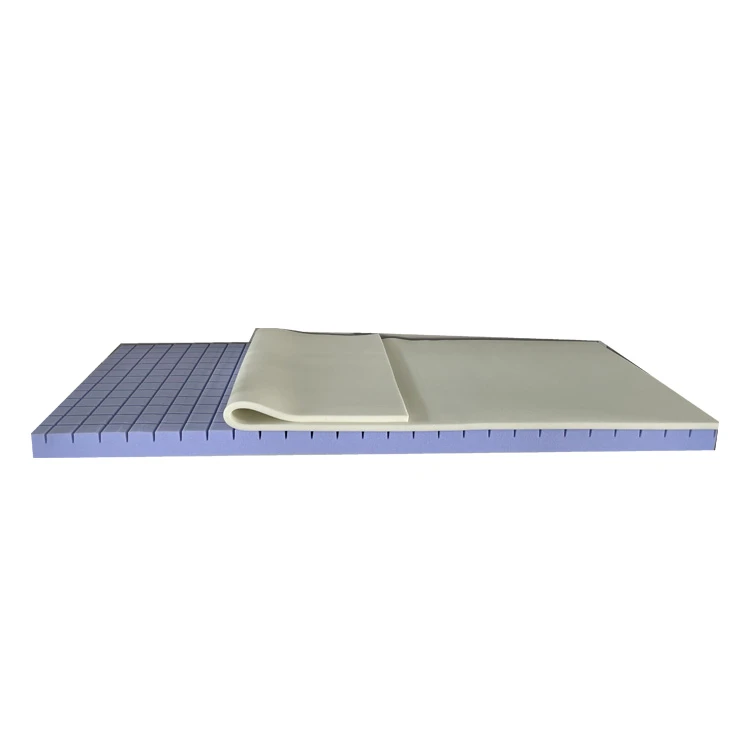pressure injury care product
Pressure Injury Care Products A Comprehensive Overview
Pressure injuries, commonly known as bedsores or pressure ulcers, present a significant challenge in healthcare, particularly among individuals with limited mobility. These injuries occur when prolonged pressure on the skin restricts blood flow, leading to tissue damage. Effective management and prevention are crucial, highlighting the importance of specialized pressure injury care products.
The primary objective of pressure injury care products is to redistribute pressure, promote tissue perfusion, and enhance skin integrity
. Various types of products exist to suit different stages of pressure injuries and individual patient needs.1. Support Surfaces One of the most critical components is the use of support surfaces, which include specialty mattresses and cushions designed to alleviate pressure. High-quality foam mattresses, alternating pressure mattresses, and gel cushions are commonly used. These products work by distributing weight evenly across the surface, reducing the amount of direct pressure on vulnerable areas.
2. Dressings Proper wound dressing is essential for the healing of pressure injuries. Advanced dressings such as hydrocolloids, foams, and alginates facilitate a moist wound environment, promote autolysis, and protect the wound from external contaminants. These dressings are designed for various stages of pressure injuries, offering features that support healing and comfort.
pressure injury care product

3. Skin Care Products Prevention of pressure injuries begins with maintaining healthy skin. Barriers creams and moisturizing lotions play a critical role in preventing skin breakdown. These products help protect the skin from moisture, friction, and shear forces, which are common contributors to pressure injuries. Regular skin assessments and appropriate skin care can significantly reduce risk factors.
4. Positioning Aids The use of positioning aids, such as wedges, pillows, and foam positioning devices, can help maintain proper alignment and prevent pressure accumulation. By ensuring that patients are frequently repositioned, caregivers can significantly lower the risk of pressure injuries.
5. Education and Training Alongside physical products, education is vital for effective pressure injury management. Training caregivers and healthcare professionals about the proper use of care products, skin assessment techniques, and best practices in patient positioning can enhance prevention efforts.
In conclusion, pressure injury care products are essential tools in the prevention and management of pressure injuries. A multidisciplinary approach, utilizing effective support surfaces, appropriate dressings, skin care products, and positioning aids, combined with education, can lead to improved patient outcomes. With the increasing awareness of the impact of pressure injuries, healthcare providers must prioritize the selection and implementation of appropriate care products to enhance patient comfort and quality of life.
-
The Effect of Coconut Foam Mattress Breathability and Humidity Regulation on Improving Sleep QualityNewsJul.03,2025
-
How Wave Mattress Systems Improve Blood Circulation During ImmobilityNewsJul.03,2025
-
The Climate-Adaptive Sleep Revolution: Exploring the Benefits of Cooling Gel Memory Foam MattressesNewsJul.03,2025
-
Exploration of the Role of Coconut Foam Mattress in Preventing Bedsores in the ElderlyNewsJul.03,2025
-
Comparing Wave Mattress and Air Mattress: Which Is Better for Medical Use?NewsJul.03,2025
-
Analysis of Comfort and Environmental Performance of Natural Latex and Coconut Foam MattressNewsJul.03,2025
-
Multi-Layer Construction for Enhanced Performance in Gel Mattress PadNewsJun.24,2025

